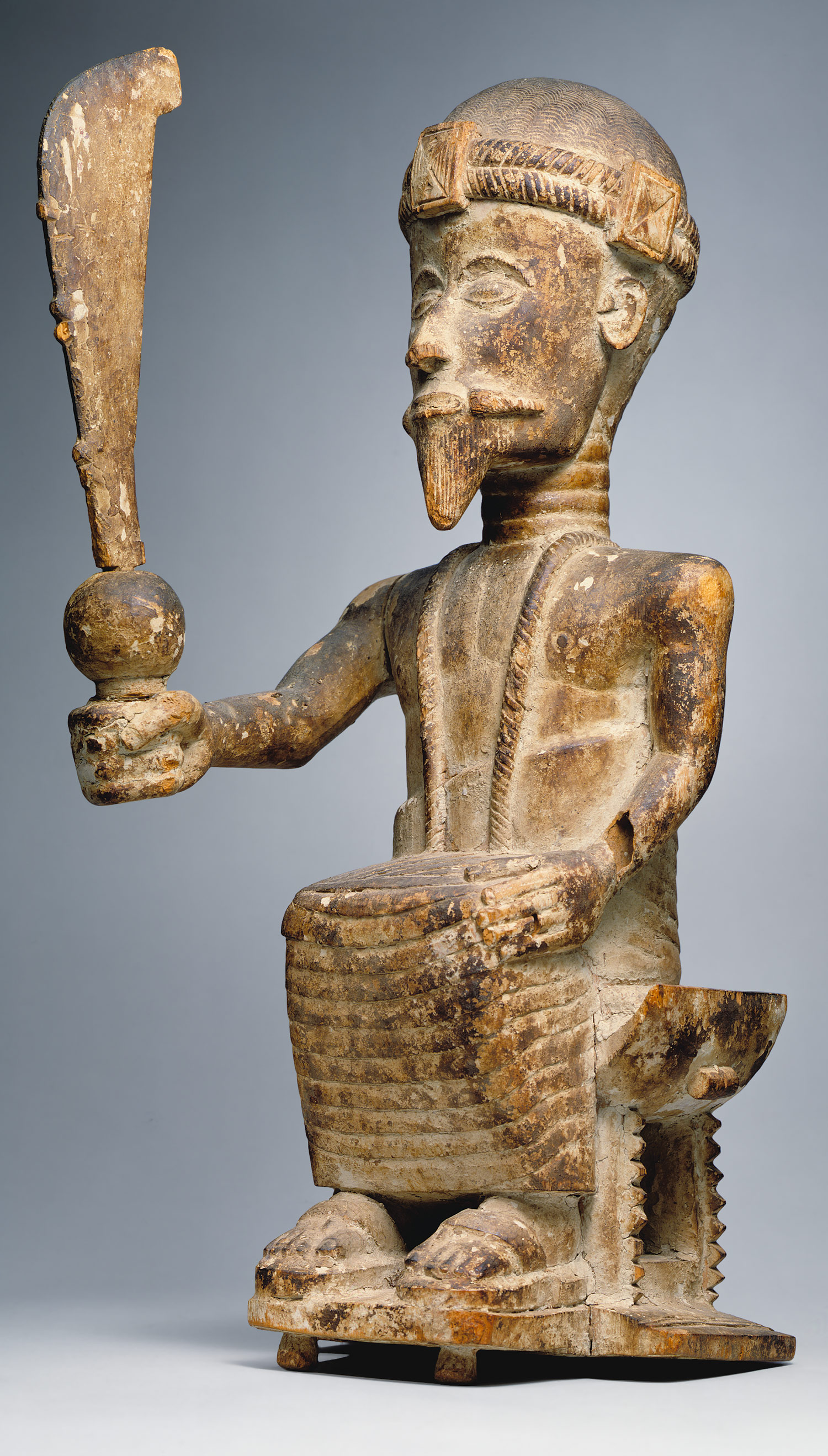
Increasingly isolated in a virtual world, the people fear authenticity even as they crave it.
Except in the young, the fear usually prevails over the craving until something happens to make life fall apart.
Following the pattern experienced by Cindy Sheehan, the fundamental corruption of first one, then all of our civilization's major institutions becomes transparent.
I have seen this many times in various areas of activism.
Someone discovers that the pharmaceutical industry, or the music industry, or the oil industry, or organized religion, or Big Science, or the food industry is shockingly corrupt, but still believes in the basic soundness of the system as a whole.
Eventually, in a natural process of radicalization, they discover that the rot is endemic to all of these and more.
Each institution supports, affirms, and draws its own legitimacy from the others.
So we discover eventually that the wrongness permeates every institution, and we desire to find and uproot its source.
As activists for the truth, we are midwives to this process.
It is not quite true that no one heeds the boy's cry that the emperor is naked.
Those who are ready to hear will hear, and they are made ready when their world crumbles.
The exposing of all that is wrong serves an important purpose in guiding people from the old world to the threshold of a new - but only to the threshold, not across it.
To enter into the new world requires that we recover the tools of world-creation: first and foremost, the power of word.
A nicer term for a "ubiquitous matrix of lies" would be a "ubiquitous matrix of stories."
I am not suggesting that we abdicate the creative power of language.
Language is an essential means to coordinate human activity, for beauty as well as for destruction.
The stories we tell with words unite masses of people toward a common goal, and assign the meanings and roles necessary to attain it.
To be sure, images, music, and art, both representational and non-representational, contribute to the weaving of a story, especially evoking the emotional energy that powers it, but information is indispensable as well.
In a new world we will not cease to tell the story of what is and what shall be, but we will become conscious of our storytelling.
The sequel to this will explore what I call "storyteller consciousness" on a cultural and personal level, so that we may prepare to tell the story of a more beautiful world, and to speak that world into existence as presidents and kings have spoken wars into existence for thousands of years.
As these old stories fall apart, the time ripens for new ones.
And the old stories are indeed falling apart, of which our increasing immunity to political and commercial speech is a symptom.
No more or less significant a symptom is the crumbling of our great social institutions - education, politics, medicine, money - that are themselves built of a matrix of stories.
When stories fall apart, the world falls apart.
As the crises of our age converge and infiltrate the fortresses we have erected to preserve the virtual world of euphemism and pretense, the world is falling apart for more and more people at once.
The stories that have defined us and bound us are dying.
We sense, as counterpart to the existential anxiety that comes as the old world and our identity within it disintegrates, an invigorating newness close at hand.
So let us cease to be afraid as we stand at the threshold.
It is time to learn the technologies, linguistic and otherwise, of world-creation.
C. Eisenstein




















